Here’s Everything to Know About Gardening for Seniors
Gardening is a form of art and therapy for many, including seniors who enjoy a slow-paced lifestyle. However, there are many tips to remember, the right tools to use, and some pointers on keeping plants and flowers blooming and healthy. Apart from it being a fun hobby, gardening also has several health benefits. If gardening for seniors is your query, we’re here to delve deep into tips and more.
Safe gardening tips
For a fun, safe, and enriching experience, here are some helpful tips for gardening for seniors.
Pace it out
Gardening is an activity that is easy, slow, and paced out. There is no rush to get anywhere, and the goal is to simply enjoy the process while you take care of your plants. It is also important to take the appropriate and necessary breaks as needed while performing this activity. One of the major concerns with seniors gardening remains any accidental falls or injuries, so ensure not to overburden and take it slow to prevent mishaps.
Dress appropriately
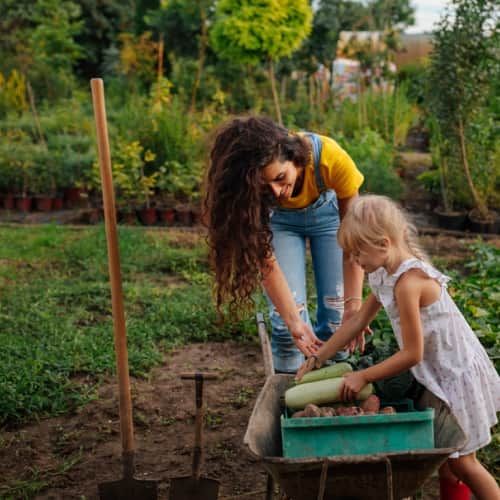
Considering apt clothing for gardening is extremely important. To make this activity more enjoyable and less stress-free, follow the tips below:
- This activity involves dealing with soil, dirt, water, muck, and many tools, so wearing lightweight, full-sleeve clothes is advisable.
- Wearing sunscreen is essential while gardening outdoors to prevent sunburns, rashes, and tanning. Many gardeners also wear sun hats/caps to protect their faces, which is an excellent idea to follow.
- Wearing gardening gloves and sunglasses is also helpful for the activity.
- If you sweat profusely, keep a cooling towel to wipe off the sweat and to help retain average body temperature.
While we’ve discussed clothing and accessories, it is also important to focus on wearing the right footwear for gardening. It is better to avoid flip-flops or sandals and, instead, opt for clogs, boots, or short wellies to help stay on your feet comfortably for the entire time. Wearing the right footwear will help prevent any trips or falls.
Pick a suitable time
Now, gardening cannot be done at night; however, you can be mindful of which time of the day to get out to take care of the flowers and soil. So, one must avoid doing this activity in the scorching heat since it can cause a heat stroke in some seniors, even with the right precautions. Also, during harsh sunlight, the water used for the plants can also evaporate quicker, leaving them thirsty. Instead, you can start your early mornings with some gardening. This is an excellent way to start the day – cool, calm, and productive. The sunlight is just enough and is not directly above your head.
If early mornings are packed with routine, then evenings are also an ideal time to spend in your garden as you prune, weed, or plant new seeds.
Let them grow
There are raised gardens that are excellent for seniors. This means the plants and flowers have been raised to an appropriate level where you do not have to kneel or stoop to reach them. If you are working with flower pots, add some levels underneath, raising the plants to your waist. The raised garden beds are 2 to 3 feet tall and readily available anywhere. You can even look at putting in long benches alongside the plants so you can continue sitting while you clean the leaves or change the soil. Another suggestion is to install some trellises to help the plants grow upwards and still be within your reach to work on them.
Address fall hazards
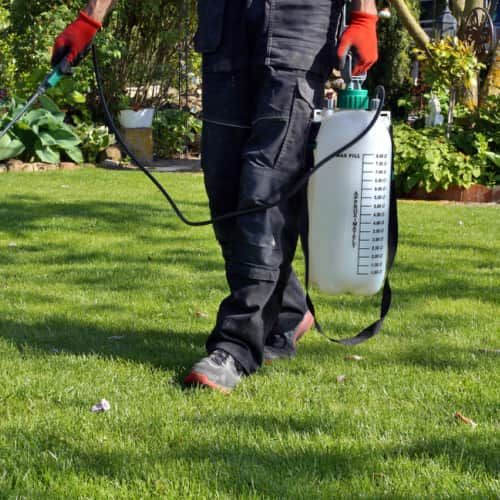
Keeping the yard clean all the time may not be at the top of your priority list, but it is essential, especially if you spend a lot of time there. A fallen branch or broken twigs, dried leaves, roots sticking up, and uneven spots are all fall hazards that need attention. It is important to get help to clean your yard or porch area, wherever you spend time outside, and keep it clean. While gardening, sometimes you may leave some tools out, leading to severe falls and injuries. Be careful of your environment and keep it organized to prevent mishaps.
Choosing the right plants
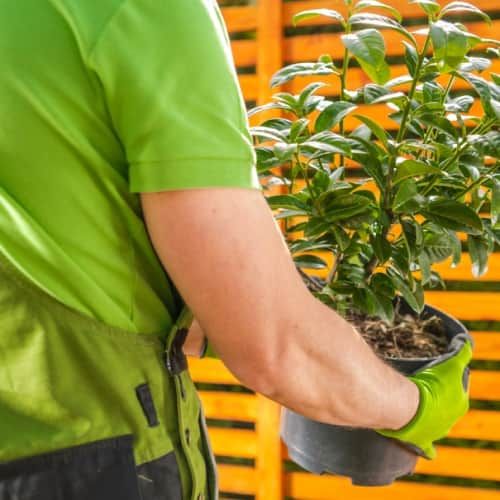
If gardening is becoming overwhelming or high maintenance for you, switch to plants that require little attention or maintenance. Conder plants that do not need much interference and also grow naturally in your region’s climate. You can also choose to grow some herbs and spend your valuable time taking care of these plants, which have medicinal value and can be used in cooking recipes. Some of these herbs are even used in home remedies for selective illnesses, so you can research those plants and grow an herb garden for your health and wellness.
Stay hydrated

Forgetting to drink water when you are busy with a task is common, but you must remember to stay hydrated even when gardening. This is because the outdoor heat is a health risk that should not be compromised. So always keep a bottle of water to sip from frequently while doing chores.
Essential gardening tools and accessories
Using the right tools for your gardening activity is essential for a productive and fun time in the garden. However, there are some essential tools for gardening for beginners. Still, there are also appropriate tools in the market to cater to seniors, which are ergonomic and safer.
Hand trowel
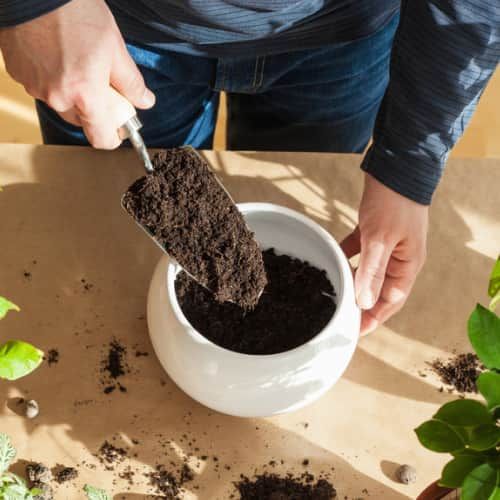
This is a piece of equipment that is used for digging in the ground and also for making small holes for planting seeds. It is a hand tool often used to check the depth of the soil and help dig out the thorny weeds that you cannot just pluck using your hands. It is always best to look for a trowel with a sturdy narrow blade that is easy to cut into the soil and makes gardening easier for everyone. In addition, trowels are available with ergonomic designs for seniors to help them hold them properly without hurting their joints. They use lightweight material, so it is relatively easy to carry around.
Pruning shears
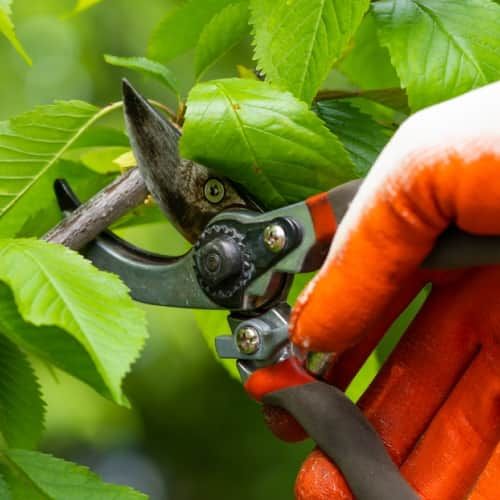
Standard pruning shears are available in the market used to prune bushes and plants. They function on squeeze and release techniques which are efficient and easy. However, using it for too long can be hard on the hand as it starts to hurt the joints. It is the same for seniors. Especially if you are dealing with arthritis or have weak muscles, trimming, and pruning can be daunting. Unique ergonomic designs are available for seniors with difficulty for better grip. They are shaped like scissors, and the design is much more comfortable and maximizes grip strength for seniors.
Water bottles with handles
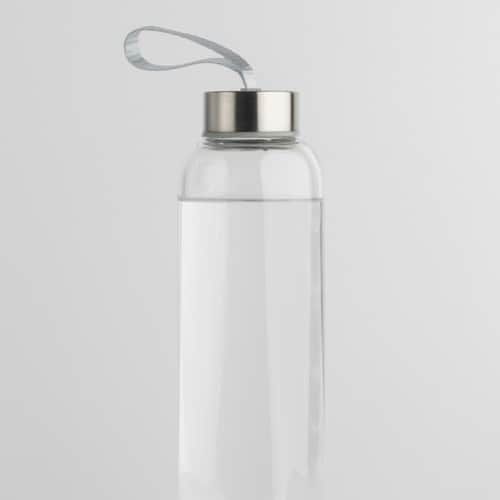
Staying hydrated is an integral part of gardening, so having the right water bottle is essential. Of course, we have the regular cylindrical water bottles with sippers, straws, or the classic wide-mouth opening. But there are some other designs available that may be more helpful. For example, bottles with a handle can be easily grabbed while even wearing gardening gloves. Instead of opening the cap, you can use the straw to drink water. They also come with a spout feature that allows you to pour the water comfortably from the bottle to a glass if necessary. Finally, since the mouth is wide, you can easily add ice cubes or other things like cucumber slices, lemon slices, or other fruits to make the water tasty and healthy.
Garden kneeler and seat
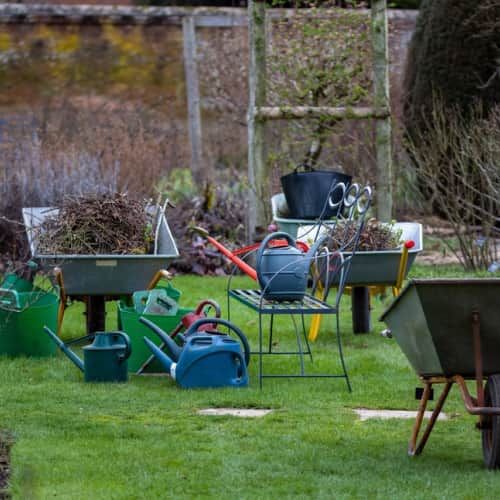
Working with short plants can be unmanageable, especially if you are kneeling with weak knees and have back issues. Even with raised beds, you may want to rest and sit down. There are benches to install, which is more of a permanent setup, but there are garden kneelers and seat products that are comparatively more convenient. These are lightweight multifunctional products that are both kneelers and seaters. The seat is at an ideal height, allowing you to rest from all the cutting, pruning, weeding, and such. The kneeler comes with a comfortable and soft kneeling mat allowing you to place your knees on the mat comfortably without injuries. They are cushioned yet sturdy, allowing seniors to take a quick break to catch their breath from the activity.
Expandable hose
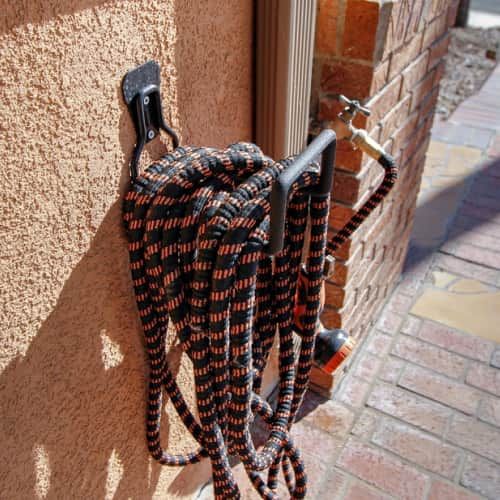
The traditional hoses are heavy and often difficult to manage, leading to falls and injuries if not looked after. Now expandable hoses are available in the market that doesn’t altogether remove all the hose troubles but make it easier to handle them. It comes with an inner latex core which makes it easily stretchable. On the outside, the design is of an expandable knit fabric. Multiple settings are available for the hose nozzle, making it easy to water the various types of plants, flowers, and grass. The USP about these hoses is that they expand when water is on, making reaching the plants convenient for watering. But when there is no water, the hose becomes lightweight and is a flexible item to keep away from the middle of the yard. It can expand to up to a length of 50 feet. Also, buying a black hose or similar colors makes it easier to spot and avoid tripping on it while it’s lying out.
Some garden hoses come with a spring-loaded retraction mechanism. This means that you do not have to put the hose back physically and instead can use this machine to retract the hose neatly into a coil. You can mount this at the side of the wall so it does not crowd the ground space.
Garden apron
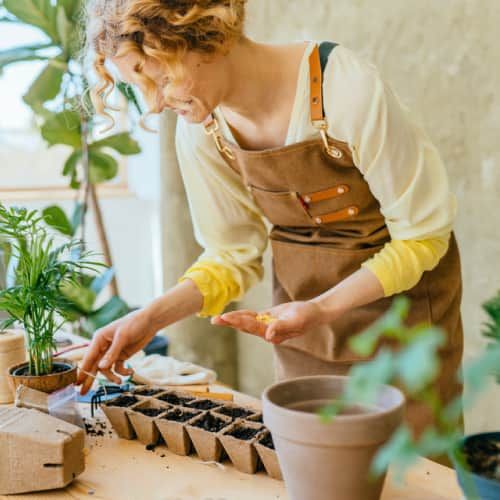
Buying a garden apron is wise as it can prevent your clothes from being wholly immersed in dirt and twigs. But, making a smart garden apron purchase will not only protect you from dirt, but it also is a valuable accessory otherwise. There are garden aprons available with multiple pockets, even 14 pockets, to help you carry your tools to the space where you are working. The cloth is water-resistant, so it does not get wet while watering plants. The neck straps are adjustable, which allows you to let the apron hang as low or high as you would like. Going back and forth to your tool shed to get what you need for gardening can beat the leisure out of the activity. An apron in which you can keep all your tools is convenient. You can remove the tools at the place where you’re working, and when you move around, just put them back in the pockets and repeat.
Garden gloves
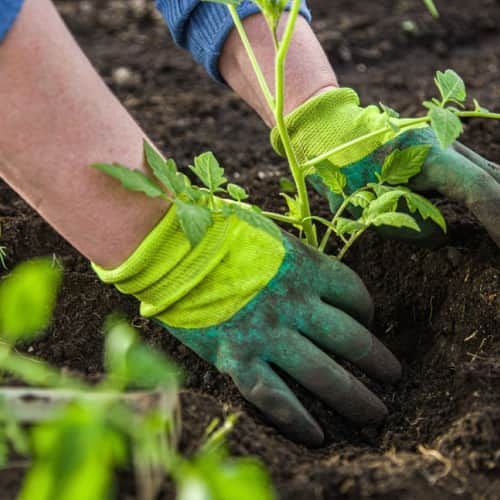
Working in your garden without gloves can be difficult and may lead to scratches or allergies that you are unaware of. For example, investing in good garden gloves should be a priority to avoid any mishaps during the activity. Some non-slip gloves are convenient as they can keep your tools from slipping out of your hand and injuring yourself. Also, this is especially helpful if you have aching joints or arthritis, making it difficult to hold on to things. The non-slip feature helps with the grip tremendously and helps manage the pain in the hands and knuckles.
Garden shovel
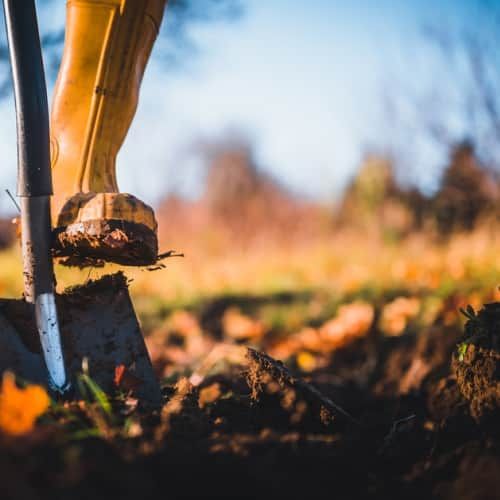
This is a tool used to dig the dirt out. Unlike a trowel, a garden shovel is not tiny but comes with a long handle and a much bigger blade area. The ergonomic designs focus on using lightweight material for these products, making it easy to handle them without experiencing pain in the hands or joints. This is especially helpful if you struggle with arm or hand weakness. The carbon steel with cupped design makes it easy to scoop out the dirt without much effort, and also, the upper step ledge is wide enough to put your foot correctly to dig deeper and scoop out mud. The top handle comes with padding, allowing seniors with arthritis to feel comfortable using the tool.
Many other essential tools like loppers, garden forks, spades, rakes, and hoses can be helpful in gardening activities. For example, if you are experiencing trouble, always take plenty of breaks to manage the pain, rest for some time, and resume when you feel better.
Gardening health benefits

While this is a leisurely hobby for many, gardening is also known for its various health benefits, especially for seniors. In fact, research suggests that those with dementia can benefit thoroughly from gardening. Studies observe that gardening can help tap into an emotional memory and help connect through the simple sense of touch and smell. It is not just a physical activity but holds many other benefits, which we will explore further.
Improves mobility
Working out for seniors is especially important due to age-related issues. However, the workouts for seniors are very different from the young generation, and rightly so. Gardening is not just a hobby but involves a lot of mobility and natural movements like sitting, squatting, kneeling, etc. All the various aspects of gardening, such as watering, planting, weeding, and harvesting, involve using various muscles in the body. This acts as a good form of physical exercise for most seniors. The great thing is that this form of exercise will not overexert you. Instead, you control the movements and can go as slow or fast as needed.
It helps manage stress levels
According to research, spending time outdoors and immersing yourself in nature is one of the best activities for the mind. This helps reduce the cortisol levels in the body, and if you are dealing with high blood pressure, it will help lower it. While gardening, you are breathing in the fresh air, spending time in the sunlight, and getting engaged in a routine or a calming activity that helps keep the body healthy.
Manage heart health
According to a study by the National Heart, Lung, and Blood Institute, 30 minutes of moderate daily exercise is essential for heart health. With gardening being a moderate exercise, being involved in 30 mins of gardening activities daily can keep your heart beating correctly and pump blood properly to all the organs in the body. Research suggests that gardening has specifically helped reduce the risk of heart health and strokes, especially in those above the age of 60.
Eat what you grow
There’s no other joy like growing what you eat. After spending months planting seeds in your garden, you can finally reap the vegetables and fruits you have given so much love and work to. You can even plan our garden according to your dietary requirements and work your way to include this fresh produce in your recipes every day. It is a lot of hard work and takes patience, but the fruit is definitely worth the wait. Also, you can ensure that you eat entirely safe, organic, and pesticide-free food.
Helps fight back Alzheimer’s
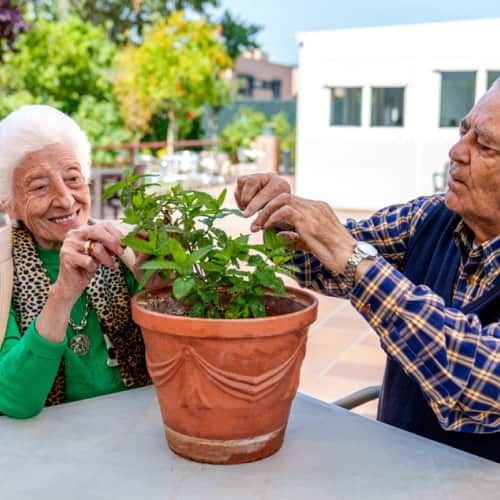
While there is no definite cure for Alzheimer’s, there are ways to slow its progression. One of the ways is to keep the mind active with activities that make you happy. Aspects like problem-solving, sensory awareness, and agility are essential in keeping the mind occupied, and gardening is a great way to exhibit all these skills. Gardening requires problem-solving, using motor skills, using all your senses, thinking critically, and making decisions. Practicing these skills regularly will help slow the advance of Alzheimer’s.
Dose of serotonin
According to some research, gardening has been known to help reduce depression in older adults. Serotonin is a chemical produced in the body that helps promote calmness and positive well-being, and gardening provides just the catalyst for the production of serotonin. According to researchers, several factors contribute to this boost in serotonin, including being out in the sunlight for a significant time, increased exercise, eating right, and even interacting with soil. Studies suggest that there are bacteria in the soil that trigger the serotonin release in the brain and help you calm and feel happy.
It helps build self-esteem
You may wonder how, but here’s what you need to know. Gardening is not a simple task. It requires a lot of experimentation, some failures, some wins, and skillful use of tools. After learning these skills by yourself through experimentation, it is only fair to say that this helps build self-esteem and confidence. Seeing your flowers and plants thrive after months of hard work is extremely rewarding and can be an example to show the fruits of your labor.
Gardening design ideas
Whether it be a flower garden or a landscape area, gardening design tips are always fun to experiment with. Many do not know where to start, which is fine, but you can always use your creativity and knowledge to build a garden that suits your needs, design, and aesthetics.
Things to consider while working on garden design ideas:
Area
How big of an area would you like to dedicate to this experiment of yours? You can decide anything, but if you are a beginner, it is always wise to start small and expand as you see progress.
Growing conditions
Other things to consider would be to observe your yard area and see where will be the best placement for your plants and flowers. Once you have selected the area, it is essential to understand whether it is too sunlit, dry, wet, or moist.
Soil type
Depending on the growing conditions, you have to check the soil type and understand the needs of that particular soil type. You will have to research the kind of plant seeds that you need to sow which will thrive in this location. What kind of maintenance will it need? These are all the right questions to ask.
Expected rainfall
Consider other factors that are out of your control, like the weather. If it starts to rain, is this the area where the water pools or collects? Will that affect the garden area? Should you then build a structure around it to avoid rainwater puddles? Or should you then think of planting those flowers that need water and moisture to thrive? This needs a thorough plan.
Here are some tips for making your garden
- Instead of using just one type of flower or plant, it is a good idea to use a variety of flowers with different colors and textures. This garden will be resilient to many factors, like not being affected by the same kinds of pests and no proliferation leading to overcrowding. This helps the flowers to continue to thrive and not die down quickly. Think of various types of flowers like mounding flowers like lavender, nepeta, and coreopsis; flowering spikes like salvia, agastache, and penstemon; flat-topped flowers like sedum, yarrow, or milkweed; flower sprays like columbine, twinspur, heuchera; and daisy type flowers like daisies, coneflowers, and rudbeckia.
- Also, choose flowers that don’t just bloom seasonally. This ensures that your garden does not look lifeless in some months of the year and looks colorful in others. Choose flowers that hold their color for all seasons throughout the year. Not only is it great for aesthetics, but it also helps as a pollination ground for bees and birds throughout the year. So you’re giving them an ecosystem to survive!
- Apart from different plant colors, choosing plants of various heights can add more design value to the garden. For example, you can place plants of various heights in a design pattern that compliments the smaller plants and vice versa.
- One common mistake that most gardeners make is to space the plants according to the size received in pots. These plants will grow and reach their maturity after a while, and this could mean that they may need a lot more space than what you may have given to them right now. This could lead to overcrowding and maintenance issues over time. Some plants remain neutral. However, others may spread quickly, so staying updated on the gardening routine and maintaining the design properly is important.
- Using groundcovers to help with the planting to look knit together. These groundcovers look much better than mulch, which may not be aesthetically pleasing, and also, these can attract pollinators and help in diffusing fragrance in the area.
- Also, when planting these samplings, make sure you group the plants in a big bunch. Using small bunches across the garden design will give it a chaotic look, but using big bunches of the same type of flowers will make it look much more organized and structured.
Popular garden flowers
Daisy
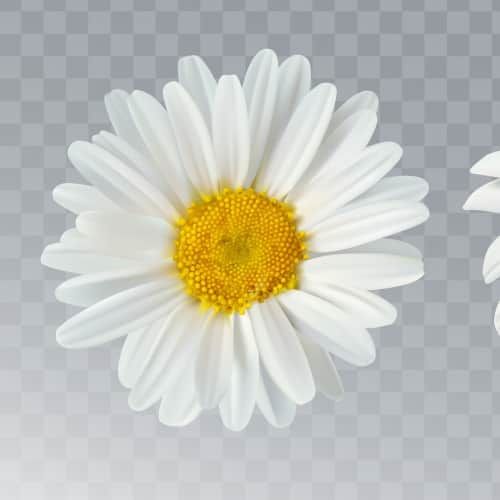
Known to be the cousin of sunflowers, they are easy to grow and in fact, are very prolific. They offer a great visual treat in a garden, and even despite their weed-like properties, they remain popular among garden enthusiasts.
Rose
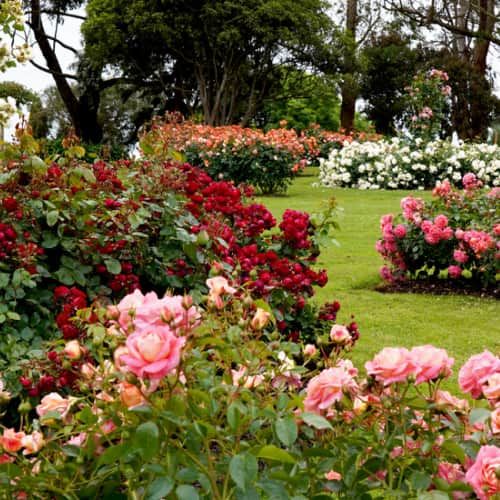
A symbol of love, roses are a versatile flower type. They can be grown on vines, in shrubs, or even stalks. There are different colors of roses, red, yellow, white, blue, pink, and even black. All represent different things like love, purity, courage, and more.
Tulips
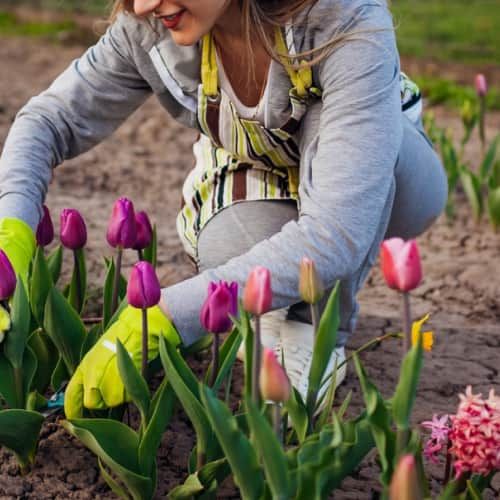
Another famous flower gardeners love are the tulips, which are available in various colors. According to history, the Turks first cultivated them, and the European Empire symbolized tulips with the Ottoman Empire.
Orchid
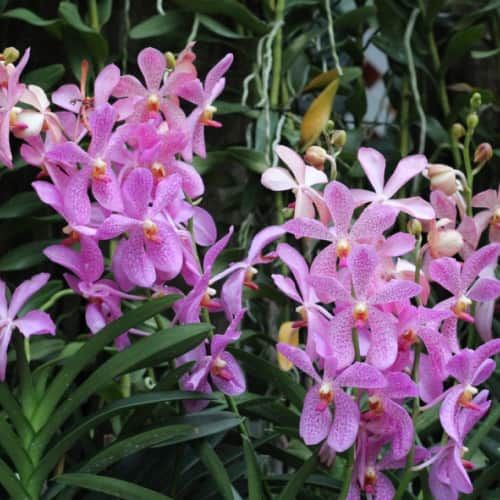
There are about 20,000 species of orchids available in the world, and each is different from one another, with various sizes and colors. When we look at the symbolism, the flowers represent a large family, especially one with many children.
Senior gardening groups
Finding out about any senior gardening clubs or groups through your community center is very easy. If you live in an assisted community care setting, there will already be a local club for you to join. You and your peers can work on the community garden together, where you grow your produce and live the farm-to-table concept. If you cannot find any nearby groups to join, why not just start your garden club with your peers?
Benefits of joining a gardening club
- If you are stuck in your learning process, joining a gardening club is extremely helpful in learning and growing. Not only will you be able to share your knowledge with the group, but you can also learn some new skills and techniques you were apprehensive about.
- It’s a great social activity for seniors who live alone. Being able to get out of the house and be part of an interactive and engaging club is not just good for movement but also for your emotional health. Speaking to your peers and sharing similar experiences can be rewarding and wholesome.
National Garden Clubs

This is where you can easily find garden clubs near you. They have a resource list that caters to this need and has listed state and regional clubs available for everyone to join, including seniors. This means that you do not just interact with peers your age but also some young people from whom you can learn and share your wisdom. Each state has its garden club, but if you live in a rural area, there may be subgroups or clubs that you can join.
What is incredible about gardening is that it is such a versatile activity that you do not need to limit your interests. What this means is that you can add your own purpose to gardening. Want to eat healthier and grow your own kitchen garden? Want to keep your lawn looking blooming and aesthetic? Want to simply enjoy this as a physical activity and continue to maintain your backyard by simply pruning and trimming the bushes? It’s all up to you. So have fun with what you like and reel in your peers to enjoy the activity even more!

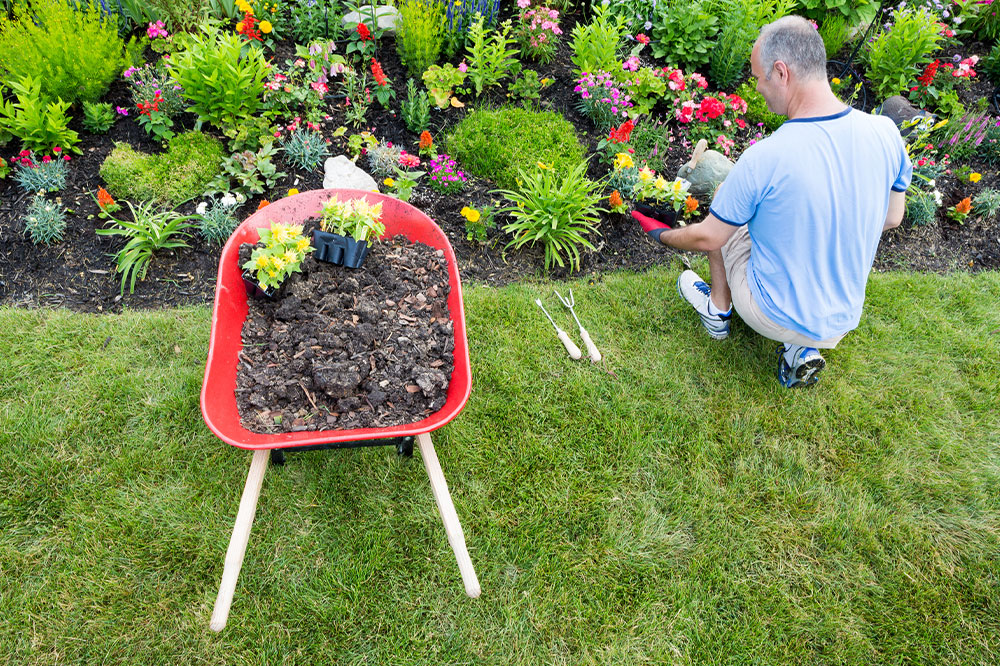






There are no comments yet